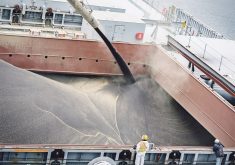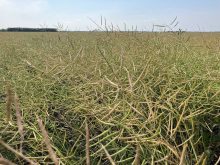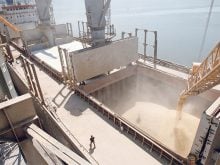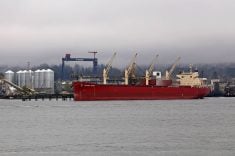If prices in the United States are any indication, Canadian farmers who sell carbon credits on a new national trading system shouldn’t expect a big paycheque.
Dale Enerson, an official with the National Farmers Union in the U.S., says the value of carbon credits on the Chicago Climate Exchange (CCX) has fallen 90 percent during the past year because of the global recession and uncertainty surrounding the future of carbon markets in the U.S.
“We’ve had a major crash in carbon markets,” said Enerson, director of the NFU’s carbon credit program.
Read Also
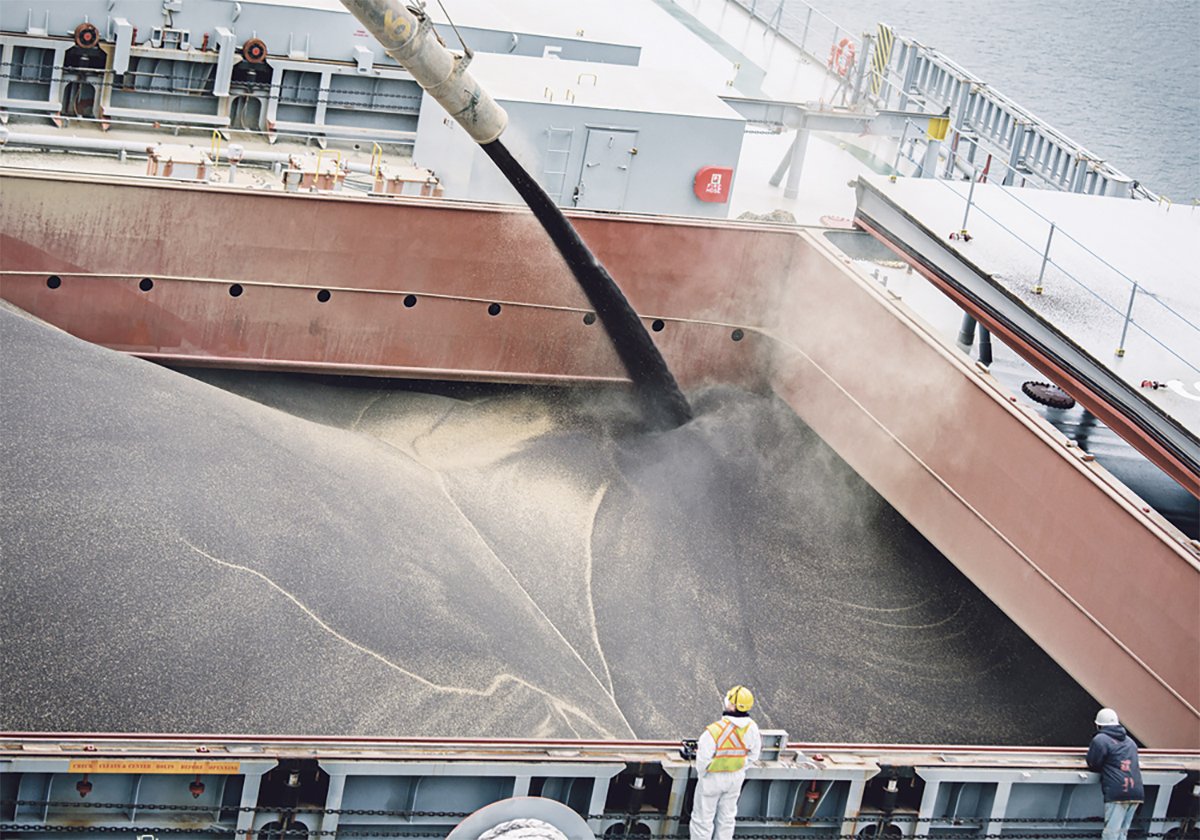
Exports off to a slow start after last year’s torrid pace
Canadian grain, oilseed and pulse exports are off to a slow start, but there are some bright spots, according to the Canadian Grain Commission’s most recent weekly export data report.
“Today, because of the political uncertainty of whether some of these credits will be useful for reducing future (greenhouse gas) emissions … we’re dealing with a market that’s worth about 50 or 60 cents US per metric tonne in contrast to around $6 a tonne a year ago.”
Under the NFU’s program, U.S. farmers and ranchers are paid for storing carbon in agricultural soil.
In most cases, an individual farmer will register his land with a carbon credit aggregator, sign a five-year maintenance contract and allow officials to access his land to ensure compliance.
Aggregators such as the NFU collect carbon credits, provide documentation and deliver the credits to the CCX where they are traded on the open market.
Under the voluntary trading system, polluting industries can buy carbon credits and use them to offset their own emissions rather than reducing them.
The NFU program estimates how much carbon is sequestered through activities such as no-till farming, tree planting and conversion of annual cropland to pasture or native rangeland.
The NFU issued carbon credit cheques in 2007 and 2008 worth $8.1 million US to roughly 1,050 producers. That’s an average of more than $7,700 per producer. Today, the program is marketing carbon credits for 3,400 producers in 40 states, Enerson said.
All told, about three million acres are registered under the program, but carbon prices will mean smaller paycheques this year, he added.
“I like to think of carbon credits as a small layer of farm income, but at today’s prices, they are a pretty darn thin layer of frosting on the cake.”
Enerson said American farmers like the NFU program because registration and verification procedures are simple and the five-year compliance period is not too onerous. Farmers can register on-line by identifying their fields on a satellite map.
The CCX pays independent third party verifiers to ensure that producers are managing their land properly and honouring their contractual obligations.
Each year, 10 to 15 percent of the acres that are registered are verified through random audits.
Enerson said future markets for American carbon credits could change dramatically pending the passage of a U.S. bill known as the American Clean Energy and Security Act.
The bill, more commonly known as the Waxman Markey cap and trade bill, proposes that major U.S. polluters reduce greenhouse gas emissions by 17 percent in 2010 and by 80 percent over the next 40 years.
It also proposes the creation of a federal cap and trade system by 2012, similar to the CCX.
Enerson said a cap and trade system is favoured to more intrusive measures such as a flat carbon tax applied to fuel and electricity or more stringent government regulation by the Environmental Protection Agency.
“The problem with (a carbon tax on fuel) is that in agriculture, we’re a fairly big user of energy,” Enerson said. “We think a carbon tax would be a huge burden on the agriculture and forestry industries.”
The Waxman Markey bill was approved by the U.S. House of Representatives June 26 and is awaiting Senate approval later this year.
“If it passes the Senate this fall, then I think it is the basis for a federal cap and trade system and depending on what amendments are part of the Senate process, I think agriculture and forestry offsets will play a pretty big part in the whole thing,” Enerson said.
The Canadian government has also proposed a cap and trade system for reducing greenhouse gas emissions. Under that plan, Ottawa hopes to reduce Canadian emissions by 20 percent over the next 11 years.





